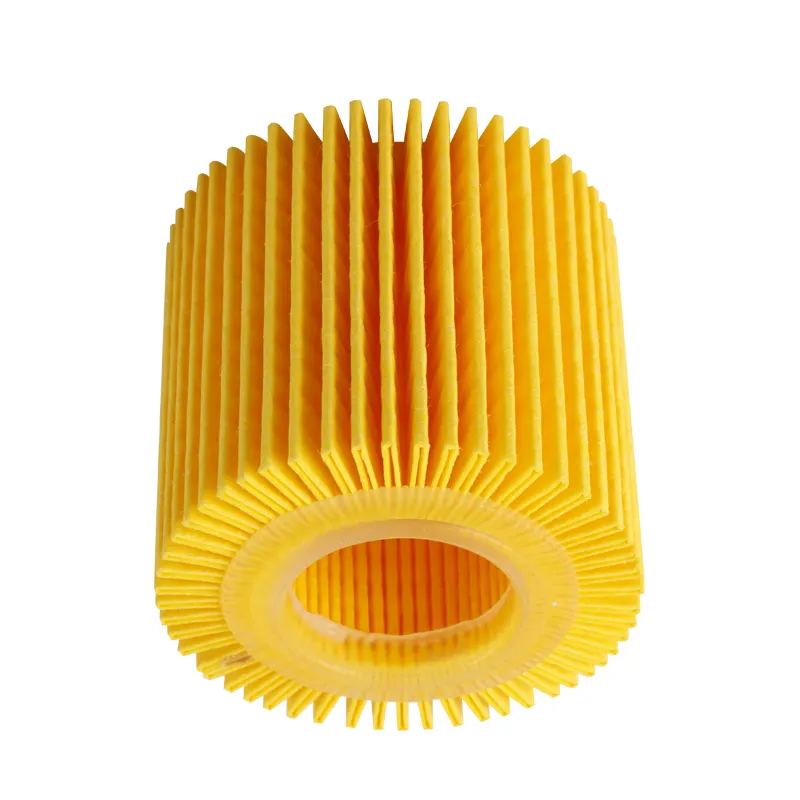Dec . 10, 2024 15:29 Back to list
Essential Guide to Kia Cabin Air Filter Replacement and Maintenance
The Importance of the Kia Cabin Air Filter A Comprehensive Guide
When it comes to maintaining the comfort and health of your vehicle's interior, one component often overlooked is the cabin air filter. For Kia owners, understanding the role and significance of the cabin air filter can enhance driving experiences and ensure better air quality within the vehicle. This article explores what the cabin air filter is, its essential functions, how to maintain it, and the consequences of neglect.
What Is a Cabin Air Filter?
The cabin air filter is a crucial part of your vehicle's HVAC (heating, ventilation, and air conditioning) system. Its primary function is to filter out dust, pollen, and other airborne particles from the outside air before it enters the cabin. This means that every time you turn on the air conditioning or heater, the cabin air filter is working to provide you with clean, fresh air.
Functions and Benefits
1. Air Quality Improvement The cabin air filter plays a vital role in ensuring that the air inside your Kia is clean. It traps harmful contaminants, reducing the risk of respiratory issues for occupants, especially those with allergies or asthma. 2. Odor Prevention A clean cabin air filter can help minimize unpleasant odors that may enter the vehicle through the HVAC system. A clogged or dirty filter may lead to musty or foul smells, disrupting the driving experience.
3. HVAC Efficiency A well-maintained cabin air filter allows air to pass through more freely, enhancing the efficiency of the heating and cooling systems. A clogged filter can strain the system, leading to decreased performance and potential long-term damage.
4. Increased Fuel Efficiency When the HVAC system operates efficiently due to a clean filter, it can also help in optimizing fuel efficiency. A struggling system may lead to increased fuel consumption, adding to your overall driving costs.
Maintenance and Replacement
kia cabin air filter

Regular maintenance of the cabin air filter is essential for optimal performance. Kia recommends checking the filter every 15,000 to 30,000 miles, but this may vary based on driving conditions and environment. If you frequently drive in urban settings with high traffic, or in areas with heavy pollen or dust, more frequent checks may be necessary.
Replacing the cabin air filter is a straightforward process that can typically be done at home with minimal tools. Here are the general steps
1. Locate the Filter In most Kia models, the cabin air filter is located behind the glove compartment or under the dashboard on the passenger side. 2. Remove the Old Filter Carefully remove the cover or glove compartment to access the filter. Take note of the orientation of the old filter for proper installation of the new one.
3. Install the New Filter Insert the new filter in the same orientation as the old one. Secure the cover or reassemble the glove compartment.
4. Test the System After replacing the filter, turn on your vehicle’s HVAC system and check for improved airflow and air quality.
Consequences of Neglect
Failing to maintain or replace the cabin air filter can lead to several issues. Aside from diminished air quality, you may also experience increased wear and tear on your HVAC system. This can result in costly repairs and replacements down the line.
In conclusion, the cabin air filter is a critical component of your Kia’s comfort and safety. By understanding its importance and ensuring regular maintenance and replacement, you can enjoy a more pleasant driving experience, safeguard your health, and potentially save on future vehicle expenses. Make the cabin air filter a part of your regular maintenance routine to keep your Kia running smoothly and efficiently.
-
Toyota Corolla Hatchback Cabin Air Filter – High Efficiency & Easy Installation
NewsJul.08,2025
-
Premium Canister Fuel Filter Supplier High Quality Oil Filtration Solutions
NewsJul.08,2025
-
Premium Car Filter Oil Solutions Leading Car Oil Filter Exporter Hyundai Car Oil Filter Exporters
NewsJul.08,2025
-
Buy 17x21x1 Air Filter – Improve Air Quality & HVAC Efficiency Affordable Air & Cabin Air Filter Cost
NewsJul.07,2025
-
High-Performance Filter Element Fuel – Durable, Efficient & Cost-Effective Solutions
NewsJul.07,2025
-
High-Quality Engine Filter and Cabin Filter for Superior Airflow Affordable Cabin and Engine Air Filter Cost
NewsJul.07,2025


